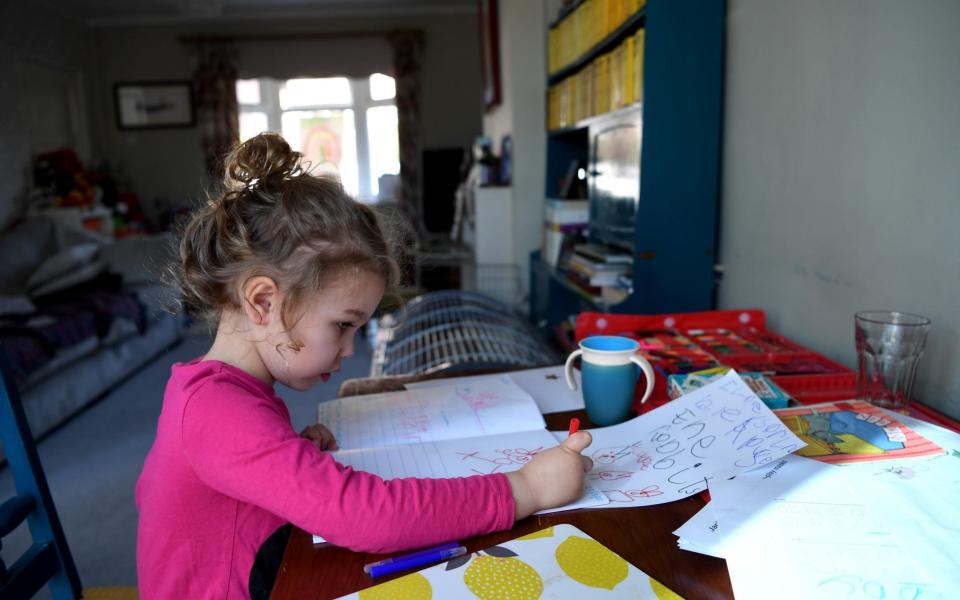Boys have done less school work during lockdown than girls, study finds

Boys have done less school work during lockdown than girls, a study has found.
Almost a third (31 per cent) of primary school aged boys are doing less than an hour a day of home learning compared to a quarter (24 per cent) of their female peers, according to researchers from Sussex University.
Secondary school ages boys are also doing less work than their female classmates, with 16 per cent of male students doing less than an hour a day compared to 13 per cent of girls.
Academics analysed the results of a survey of over 3,000 parents and teachers about the amount of work that youngsters have carried out at home in May and June.
They found that disadvantaged children did less work at home than their wealthier peers, and that primary aged pupils did less work than secondary aged pupils.
Over a third (36 pet cent) of primary school pupils who are eligible for free school meals spend one hour or less a day on home learning, compared to a quarter of their peers.
The difference is even more pronounced in secondary schools, researchers found with a quarter of pupils who are eligible for free school meals spending one hour or less a day on home learning, compared to just 13.5 per cent of other pupils.
Dr Matthew Easterbrook, a senior lecturer in psychology and the project’s lead researcher, said that the discrepancies between the amount that different groups of children are studying at home is “particularly worrying”.
“There are marked differences in the time that children are spending on home learning depending on whether they are primary or secondary pupils, boys or girls, the children of graduates, and how financially comfortable their household is, and, in particular, whether or not they are eligible for free school meals,” he said.
Schools were ordered to close on March 20, meaning that by September some children will have been at home for six months.
Primary schools were allowed to open on June 1 to pupils in Reception, Year One and Year Six and from June 15 secondary pupils in Year Ten and Year Twelve have been allowed back for some face-to-face contact with teachers.
Dr Easterbrook said: “The disruption to pupils’ education caused by the school closures is dramatic and could have long-term negative consequences, with some pupils receiving lower grades and becoming less engaged with school.
“But the consequences are likely to be different for different pupils depending on their home environment and the support they receive from the school and their parents.”